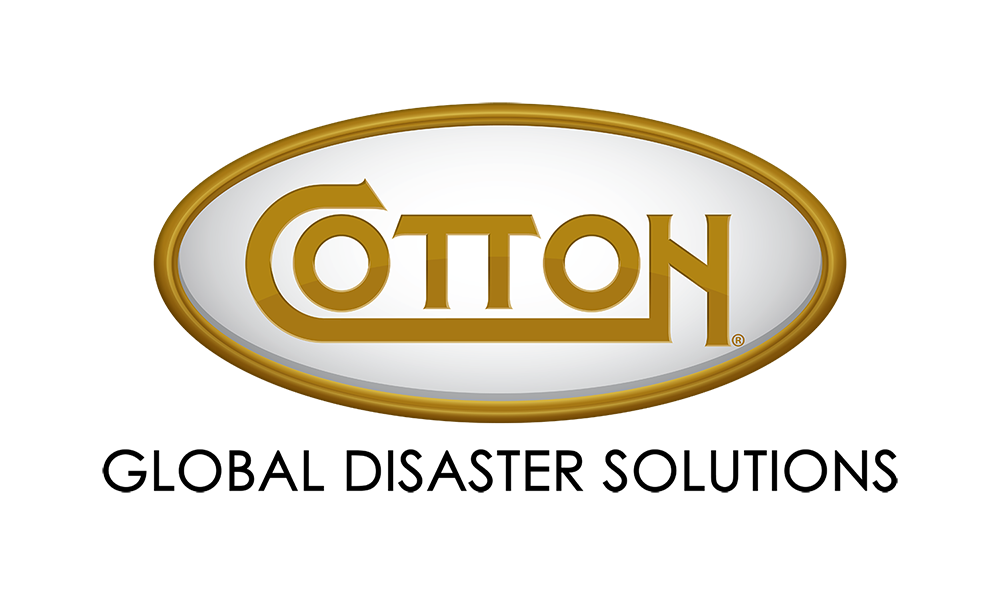Molds are a type of fungus that can grow almost anywhere that provides them with moisture, oxygen, and an organic food source. They reproduce using tiny spores that typically can’t be seen without magnification and circulate through the air, whether outside or indoors.
Mold grows especially well in warm and damp conditions; the high humidity of restaurant kitchens makes them particularly susceptible to infestation. With increased public awareness of the possible health implications of mold exposure, restaurants must be extra vigilant to check for and eliminate any mold that may be found in their buildings.
What the effects of mold are if not removed properly
Not only can mold growth create odors in buildings, it has the potential to cause health problems. As reported by the United States Occupational Safety and Health Administration, mold exposure can trigger health effects. For some people, mold spores can cause a reaction similar to hay fever, such as headaches, runny nose, and red, watery eyes. It may also cause irritation to the skin or mucus membranes. Mold exposure can even trigger an asthma attack for those who have a mold allergy.
Within the restaurant property, mold can damage furnishings and even building materials as it feeds and grows. If left untreated, it can weaken wood floors and wall beams, putting the building’s structural integrity at risk. Should the mold damage be extensive enough, the entire restaurant may need to be closed until the necessary repairs can be made.
Considering the potential consequences, mold growth should be dealt with as soon as possible if you find it in your restaurant. If the mold bloom is fairly small, you can take measures yourself to deal with it. However, for a more extensive infestation, you should work with a company specializing in mold remediation and removal to protect the health of your employees and customers while minimizing the disruption to your business.
Where you should check for mold
Mold is most likely to develop in warm, dark, damp spaces where there’s little air flow. This means it is crucial to fix any water leaks or accumulations as soon as possible as well as clean and dry any materials that were exposed to the water. Be aware that mold can easily grow in small crevices or empty spaces, so it may be hard, if not impossible, to completely clean mold from porous materials such as fabrics, soft furnishings, and carpets.
Some of the most common areas where mold can easily accumulate include:
- Under sinks (in both the kitchen and in bathrooms)
- Behind freezers and refrigerators
- Around the microwave
- Under drainage mats
- Behind the dish pit
- In the pantry
- Near ceilings, floors, and windows (throughout the restaurant)
How mold influences your restaurant business
Health inspections of your restaurant will focus a large share of attention on finding any current mold growth as well as identifying any conditions that could support future growth. For example, inspectors will check that coolers and freezers are at the right temperature, that food preparation stations are clean, and that food is handled in a safe manner.
If your inspection identifies a minor issue related to mold, you may be given an opportunity to address it quickly before the inspector returns for a follow-up check. If multiple minor issues or major issues are found, the health inspector can shut your restaurant down, and you may even be fined for health code violations. You also face significant reputational risk if the result of your health inspection makes the news. In some cases, your restaurant may face legal action from employees or diners who have suffered health effects due to mold exposure while in your establishment.
Why work with mold professionals for proper mold treatment
Professional mold remediation and removal companies have specific expertise and resources to more effectively and efficiently deal with mold issues. These companies use commercial-grade equipment and industrial-strength antimicrobial chemicals. The cleaning and decontamination these companies do prevents lingering odors from mold growth as well as helping to prevent future blooms. They are also able to apply sealers or encapsulants to treated areas to help protect them from elements such as water and mold.
What you can do to prevent mold in the future
Moisture control is critical for mold control, so the best way to prevent mold is to keep humidity levels as low as possible. The EPA recommends that indoor relative humidity be kept below 60 percent, with a 30 percent to 50 percent range ideal. Make sure to frequently check and deep clean areas where moisture commonly accumulates. Establish a regular inspection schedule of your facility with a professional.
Minimize disruption to your restaurant by working with an experienced mold removal firm
It may be impossible to completely avoid mold in your restaurant, but careful attention and quick action can help you minimize the impact it has on your business. If you do need professional help with mold removal and remediation, experts from Cotton GDS are available 24/7 to get you back to normal as soon as possible.
Contact Cotton for all your restaurant’s mold removal and remediation needs.
Call 877-900-0493 or contact our customer service team.

